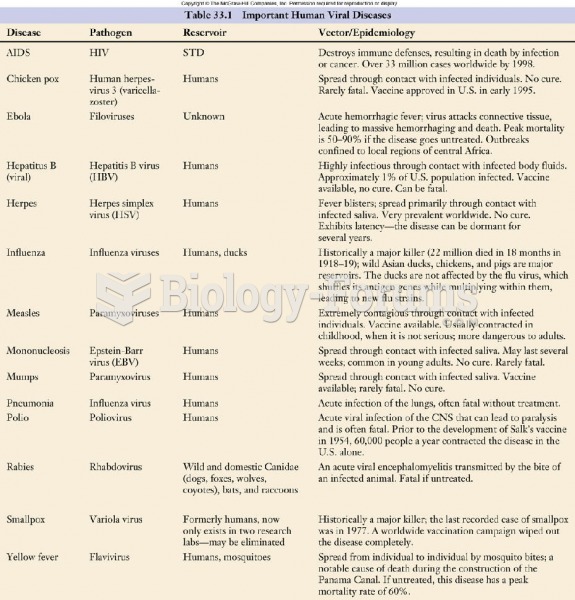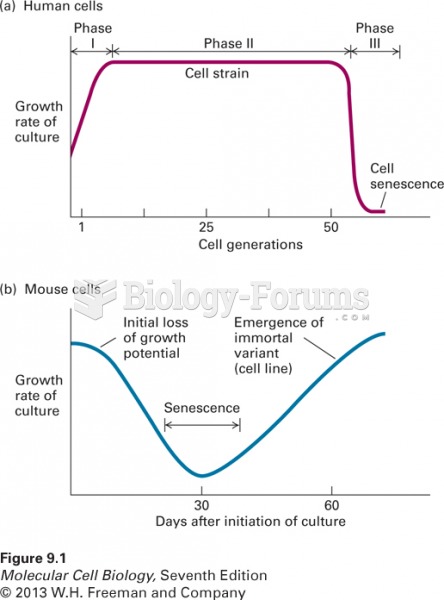Answer to Question 1
A
Feedback
A Correct. Cultures are obtained by swabbing a lesson. When possible, the sample should be taken from the newest lesion--within 7 days of appearance and within 2 days of appearance for recurrent lesions. Swabs should be taken from the base of the lesion or from vesicular fluid where more viruses are likely to be present.
B Incorrect. Taking a viral culture of a lesion suspected of being herpes simplex virus type I (HSV-1) infection, the nurse will not take the culture by scraping a small amount of the lesion tissue with a tongue blade, and applying it to a slide.
C Incorrect. Taking a viral culture of a lesion suspected of being herpes simplex virus type I (HSV-1) infection, the nurse will not take the culture by using a swab to collect fluid from the center of a lesion that is still weeping, and applying this to a slide.
D Incorrect. Taking a viral culture of a lesion suspected of being herpes simplex virus type I (HSV-1) infection, the nurse will not take the culture by spraying the lesion with ether, collecting a specimen, and placing it in a collection tube containing ether.
Answer to Question 2
C
Feedback
A Incorrect. During adolescence, the heart's size will increase a lot, not slightly.
B Incorrect. During adolescence the heart will not decrease in size by 1/10 and in weight by 5.
C Correct. During adolescence the heart will almost double in weight and increase in size by about 1/2.
D Incorrect. During adolescence the heart will not stay the same size and weight as previously.







